Your cart is empty
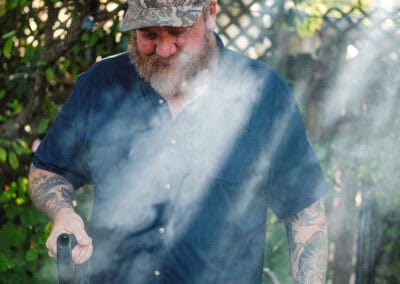
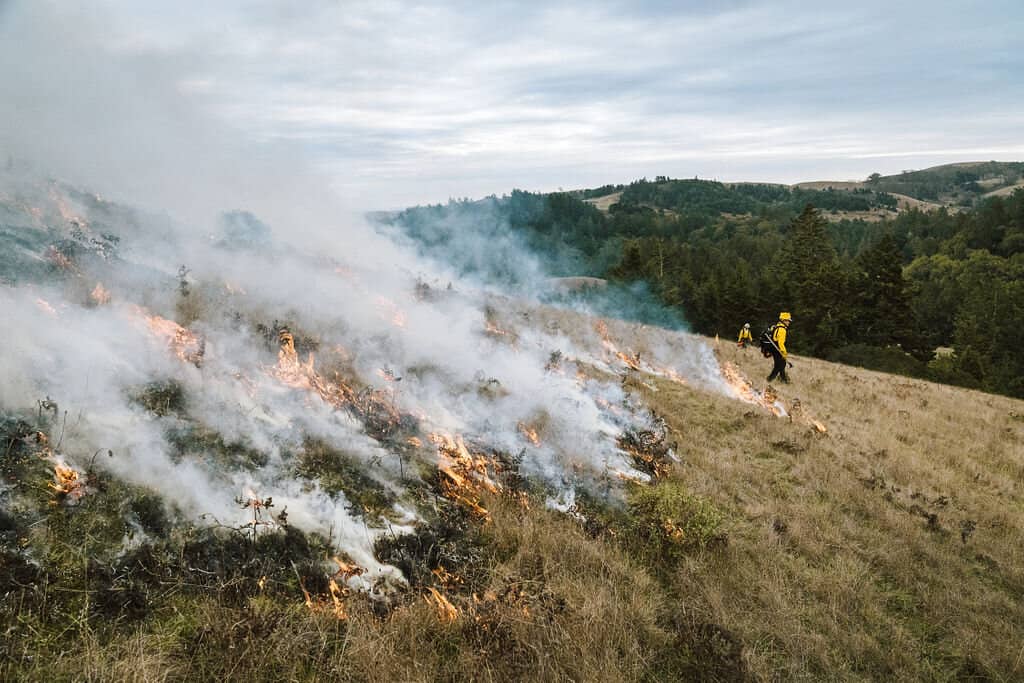
Great things could lie ahead for American hunters. As new priorities give rise to the public’s engagement with nature, Lindsey Davis explores the shifting opportunities and threats to the modern hunter’s landscape.
Fires raged across North America this year, leaving devastation in their wake, and uncovering the complicated matrix of human, environmental and political factors that surround their management and impact. More than 8.8 million acres burned in over 52 thousand fires. This is approximately 2.3 million more acres burned than the 10-year average, and almost double the acreage burned in the 2019 fire season.* This month, we explore how we got here, through the history of indigenous land management and fire regimes, generations of suppression in conservation, decreasing federal budgets, and climate change to understand how we might evolve our existence in fire ecologies.
It wasn’t until I lived in the oak woodland in northern California that I learned what it meant to live in a fire ecology. This region has a rich history with fire. If you scratch the surface, you find native grasslands that thrive when annually burned, seeds and cones that depend on the heat of fire for germination, canopies healthy because of smoke, and the stories of indigenous people who tended to these ecosystems with fire for thousands of years.
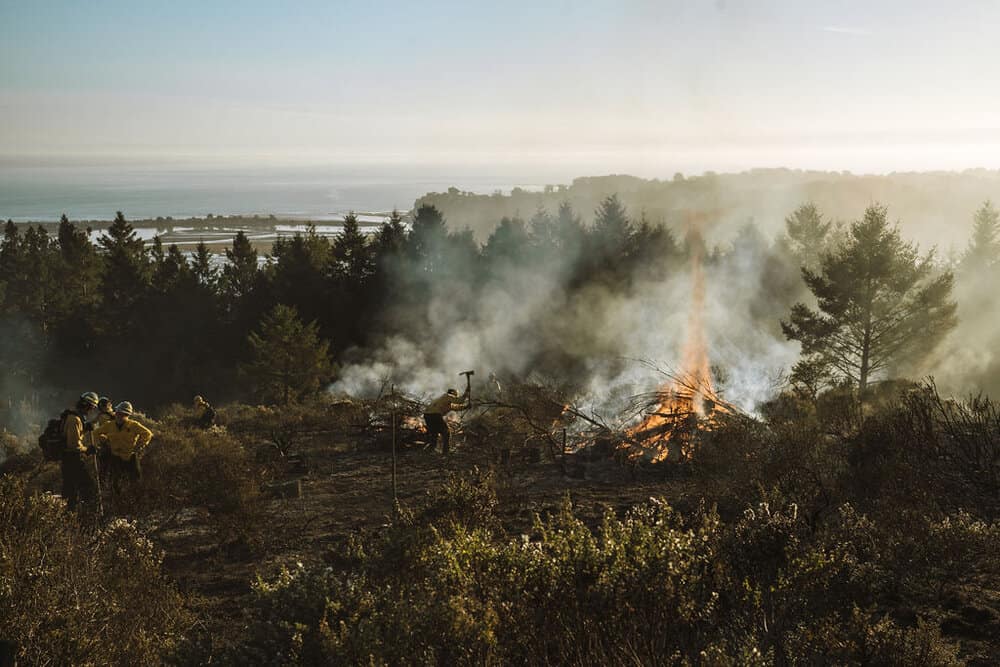
California plants, like many others, evolved with fire as a natural environmental factor. It is estimated that between 5.6 million and 13 million acres of California burned annually under both lightning and indigenous people’s fire regimes. Deliberate burning increased the abundance and density of edible tubers, greens, fruits, seeds, and mushrooms; enhanced feed for wildlife; controlled the insects and diseases that could damage wild foods and basketry material; increased the quantity and quality of material used for basketry and cordage; and encouraged the sprouts used for making household items, granaries, fish weirs, clothing, games, hunting and fishing traps, and weapons. It also removed dead material and promoted growth through the recycling of nutrients, decreased plant competition, and maintained specific plant community types such a s coastal prairies and montane meadows.* In modern day, elk hunters know this, and pursue areas that have just burned because the herds will be there for fresh green shoots, as do mushroom hunters following morels. With its destruction, fire brings certain life.
In the Euro-American history on the North American continent, fire has been viewed predominantly as an enemy to life. They threatened timber supplies enough for the U.S government to start setting aside national forest reservations in 1891. The U.S. Forest Service was established shortly after, and given managerial control of these lands, soon to be renamed national forests. After a fire in 1910 that burned 3 million acres in Montana, Idaho and Washington in just two days, the Forest Service decided that the only way to prevent fires was to suppress them as quickly as possible. The Forest Service came out in opposition to the practice of light burning, even though many ranchers, farmers, and timber-men favored it because it improved land conditions.
What followed was decades of influence leading to how we understand our resources today. Smokey the Bear was created to educate the public on fire prevention, and the USFS invested in protection by way of roads, communication systems, lookout towers, and ranger stations. In 1933, the federal government created the Civilian Conservation Corps, which put thousands of men to work building fire breaks and fighting fires.* Fires were to be put out as quickly as possible, and advances in technology supported this mindset with airplanes, smokejumpers, and fire suppression chemicals making it possible to fight fires no matter where they were burning.
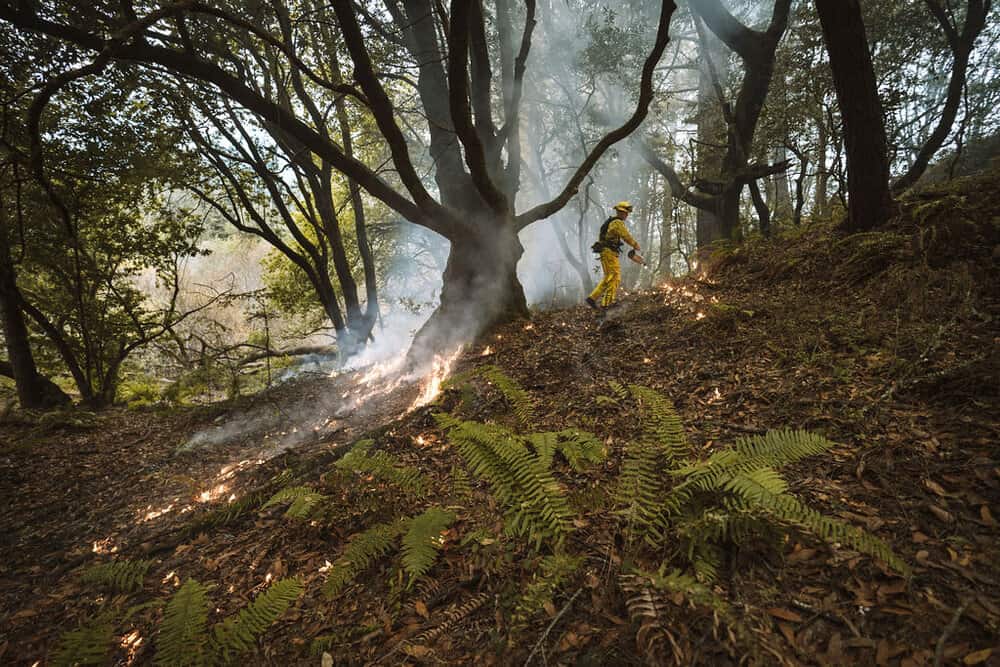
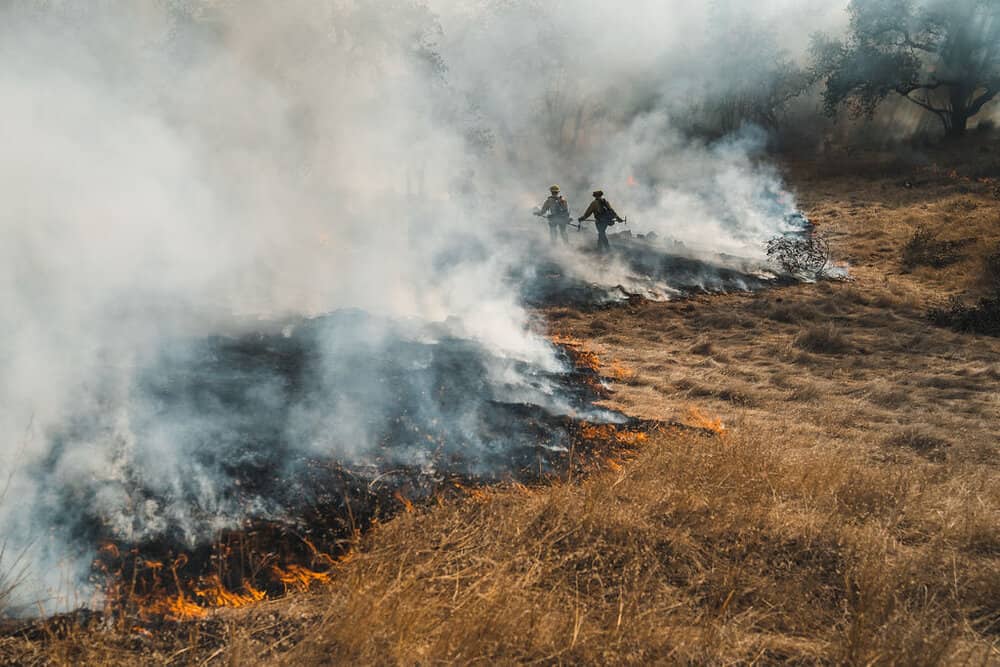
This practice kept up until the 1970’s, when research increasingly began to demonstrate the positive role fire plays in our ecosystems. Now, the Forest Service will conditionally allow fires to burn in designated wilderness areas where lives and structures aren’t threatened. However, the modern day factors of increased fuel load, population density along the wildlife-urban interface, extended droughts and more dramatic weather events have made our recent experience of fires devastating. The fire-fighting budget has grown to about 50 percent of the Forest Service’s budget, which limits funds available for land management activities such as land restoration and forest thinning that could aid in fire suppression.* And as we know from this year’s passing of the Great American Outdoors Act, the federal land management budget has been in decline leaving millions of dollars of deferred maintenance on public lands.
What we’ve seen, especially this year, is that fire suppression creates an opposite extreme: catastrophic fire. This year, the smoke from the fires in the american west could be seen swirling above the pacific ocean from outer space, and millions of people endured persistent unhealthy air quality that kept them locked inside for weeks.
Increased advocacy and awareness in specific ecosystems about the healthy role of fire has helped in some management scenarios, and the need to rebuild infrastructure and properly fund the land agencies’ fire mitigation capacity is rounding the halls in Congress. Fortunately we will see an increase in federal spending with the passing of the Great American Outdoors Act, but there is an additional two billion needed to help California recover from the damages of this year’s fires alone.

Like spring floods and landslides – disturbance by fire is a natural occurrence that shapes the landscape. Will those of us that grew up with ‘Smokey the Bear’ evolve to understand fire regimes and their natural role in the landscape? Like many ecologies with indigenous histories, active management rather than passive protection was the practice for thousands of years. It’s possible that the way to prevent catastrophic fires is to burn areas regularly, and to set fires during times when fires are more controllable, as the California Indians did. When used appropriately, then, fire becomes the instrument for its own subduing.*
REFERENCE:
1 National Interagency Fire Center | 2: Kat Anderson, Tending the Wild – Native American Knowledge and the Management of California’s Natural Resources. | 3: Forest History Society | 4: Forest History Society | 5: Forest History Society | 6: Wendell Berry

Lindsey Davis is the Vice President of the Outdoor Recreation Roundtable, the nation’s leading coalition of outdoor recreation trade associations and businesses. She serves on the board of advisors for the Outdoor Alliance, a non-profit that protects public lands and the human-powered recreation experience, as well as the board for the Utah Wildlife Federation and the advisory committee for the Utah Office of Outdoor Recreation. Lindsey is passionate about uniting different user groups around issues of access, wildlife management, and habitat protection. In her off time, you can find her working in her backyard garden, wrangling her bird dog, and scouting for hunting season.
Related Stories

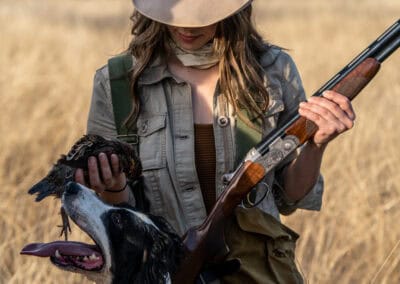

Latest Stories


